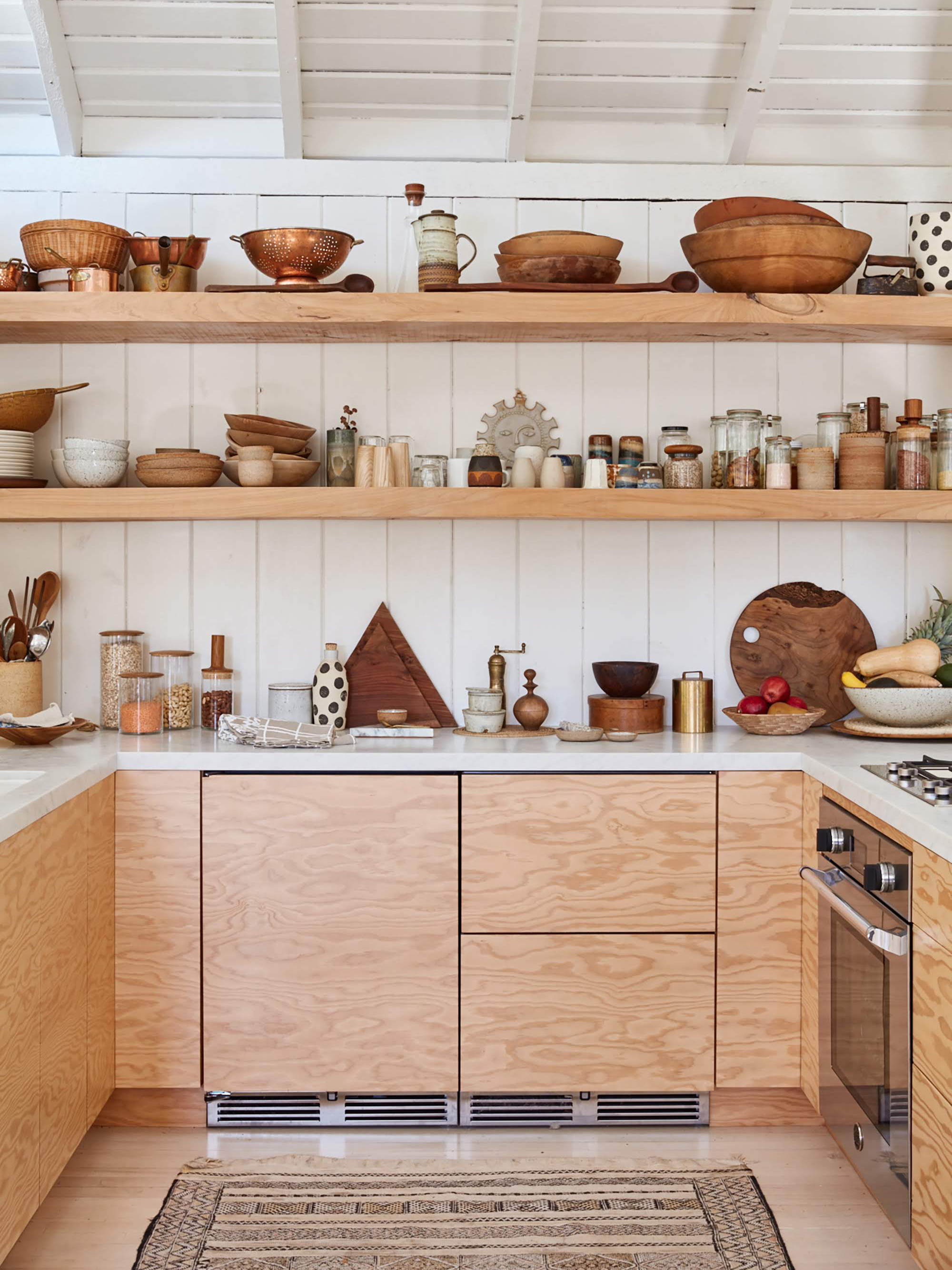We may earn revenue from the products available on this page and participate in affiliate programs.
Fancy lunch boxes, plastic-free toiletries, and beautiful glass containers are all nice things to have on deck when you’re trying to be a little more sustainable in your day-to-day life, but being kind to the planet doesn’t have to destroy your checking account. The idea that you need to buy a bunch of new things to cut down on your carbon footprint isn’t just wrong, it’s totally counter to the idea of sustainability.
For example: Just bought a new toothbrush? Don’t throw it out to get a bamboo one just yet—use it until it’s worn out and then send it over to TerraCycle. Have a bunch of plastic containers? Don’t toss them in the recycling bin and buy glass ones instead—use them. Reusing, after all, comes before recycling.
Taking advantage of what you already own also might save you some serious cash. After all, those reusable water bottles aren’t always cheap! In fact, taking a break from shopping altogether is the best first step toward a zero-waste (or, more realistically, a low-waste) lifestyle.
And you don’t have to go from zero to zero waste overnight. Get started with some small, incremental changes that will help you live a little greener. Let these tips set you off on the right foot. The good news is that you already have everything you need.
Deep-Clean Any Jar
When you look at that empty olive jar or burnt-out candle, I ask that you see a world of possibilities instead. Peel off labels and get rid of leftover stickiness by making a mixture of baking soda and oil (I use canola), rubbing it all over the jar, letting it sit for five to 10 minutes, and then scrubbing it clean. As for candles, just pop them in the freezer for a few hours—it should then be easy to break out any residual wax with a butter knife (just don’t scrape too hard or you’ll risk breaking the glass). —Rebecca Deczynski, lifestyle editor
Then Use Them for Storage
I reuse pasta sauce and jam glass jars. They are great as containers for dry bulk goods and even to hold makeup brushes and my son’s colored pencils. An empty jar is handy to keep on you at all times—it can be used for water, coffee, and even takeaway food or compost scraps. —Sarah Paiji Yoo, founder of Blueland
And for Your Household Necessities, Too
By far, one of my favorite low-waste hacks is repurposing glass bottles that might otherwise go in the recycling bin. The trick is knowing that many glass bottles have a universal one-inch-diameter bottle neck that can fit any number of salvaged bottle tops. A vinegar bottle can have a spray nozzle attached to it and be used to house an easy homemade all-purpose cleaning spray; a kombucha bottle can be plugged with a pour spout and used as a dishwashing soap dispenser or an olive oil cruet; a small glass whiskey bottle fitted with a pump can be filled with hand soap or lotion. Increasingly, these types of liquids can be found at local shops with refill stations so you have the double advantage of using a lovely glass bottle to house everyday essentials and the opportunity to refill them endlessly without creating any new garbage at all. —Erin Boyle, founder of Reading My Tea Leaves
Use Up Everything in Your Fridge
Make dinner with what you have on hand—think of it as a home version of Chopped. This alone will drastically reduce food waste at home, where, according to the NRDC, the majority of food waste occurs, more than grocery stores and restaurants. The food we don’t eat wastes precious resources, and when that uneaten food rots in a landfill, it produces methane gas, a greenhouse gas much more potent than carbon dioxide. Globally, food waste accounts for 8 percent of man-made greenhouse gas emissions. To put that into perspective, the aviation industry accounts for about 2.5 percent of emissions—and almost everyone can reduce their food waste! —Anne-Marie Bonneau, founder of Zero-Waste Chef
Including the Scraps
We save herbs like thyme, rosemary, sage, and any tasty odds and ends from veggies in a container in our freezer for later use in vegetable stock and bone broth. Just take four cups of vegetable scraps, add 10 to 14 cups of water (enough to cover the scraps), two tablespoons of apple cider vinegar, salt to taste, and whatever extra vegetables or herbs you’d like. (I like to add garlic, peeled ginger, bay leaves, fresh herbs, and shiitake or reishi mushrooms for added nutritional value.) Simmer for two hours on low; if you’re making a bone broth, simmer for four to six hours. Turn off the heat and let cool, and strain through a mesh sieve to remove all the solid pieces. Pour into glass jars to freeze—just make sure not to fill the jar all the way to the top to leave room for the liquid to expand.” —Alyson Morgan, founder of Maia Terra
See more stories like this: How Hard Is It to Have a $0 Electricity Bill? I Tested the 5 Most Popular Reusable Straws and There’s a Clear Winner These 6 Things Aren’t Recyclable—Here’s What to Do With Them Instead
